What is Captive Breeding? Everything You Need to Know About Saving Endangered Species
- August 12, 2024
- 0 comment
Learn about captive breeding, a key conservation method that protects endangered species and helps restore their populations in the wild. Captive breeding is a conservation strategy designed to protect endangered species, enhance their populations, and facilitate their reintegration into their natural habitats. It involves breeding animals in controlled environments, such as zoos, aquariums, or breeding centers.
What Captive Breeding Means for Wildlife Conservation
Prevent Extinction
Captive breeding programs aim to save species on the brink of extinction. This is particularly crucial for species that face imminent threats in the wild, such as habitat loss, poaching, or climate change. By maintaining a stable population in captivity, these programs create a safety net for species that might otherwise disappear.
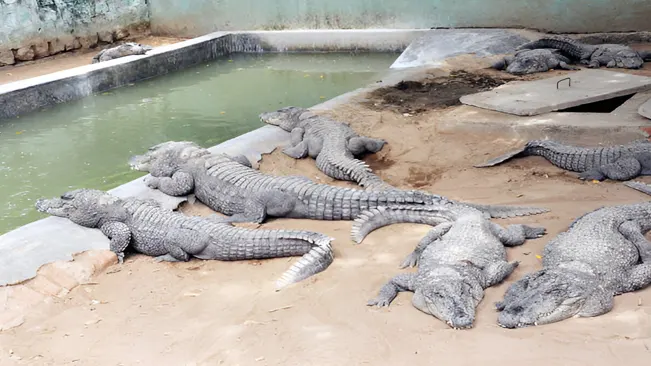
- Identifying Threatened Species: Prioritizing species based on their risk of extinction and the feasibility of successful captive breeding.
- Establishing Breeding Facilities: Creating specialized environments that mimic natural conditions to support the needs of the species.
- Genetic Management: Ensuring genetic diversity within the captive population to avoid inbreeding and maintain a healthy, viable population.
Population Management
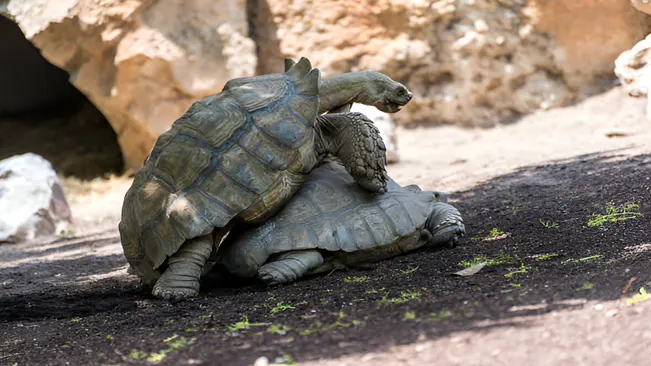
- Breeding Pair Selection: Choosing pairs based on genetic compatibility and health to maximize genetic diversity and reduce the risk of genetic disorders.
- Record Keeping: Maintaining detailed records of each individual’s lineage, health, and reproductive success to inform breeding decisions.
- Health Monitoring: Regular health checks and veterinary care ensure that individuals remain healthy and that any potential issues are addressed promptly.
Reintroduction to the Wild
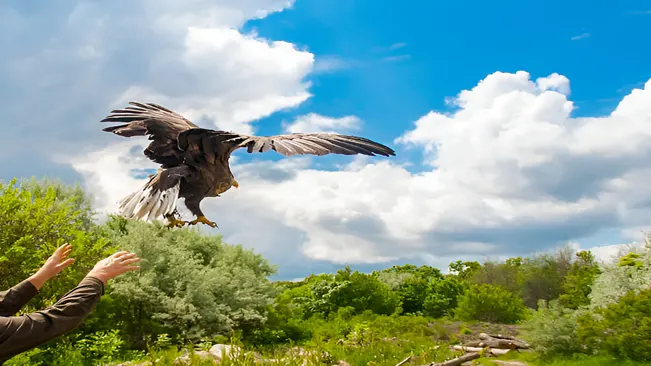
- Preparation: Before reintroduction, individuals are often acclimatized to the wild environment through a gradual process that includes exposure to natural conditions and survival skills training.
- Release Strategies: Careful planning of release sites and methods to ensure that individuals can adapt and thrive in the wild. This includes selecting appropriate habitats and timing releases to coincide with favorable conditions.
- Post-Release Monitoring: Tracking released individuals to assess their adaptation to the wild, survival rates, and reproductive success. This helps to evaluate the success of the reintroduction and make adjustments as needed.
Processes Involved in Captive Breeding
Species Selection

- Criteria for Selection: Species chosen for captive breeding programs typically face significant threats in the wild. Factors considered include their level of endangerment, reproductive biology, and genetic diversity. Species that have a higher likelihood of successful breeding and reintroduction into the wild are prioritized.
- Assessment of Viability: Experts evaluate whether the species can adapt to captivity and whether the benefits of breeding in captivity outweigh the challenges.
Habitat Creation
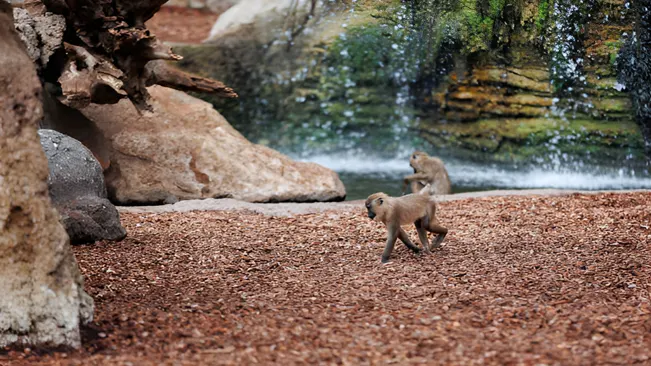
- Design: Enclosures or breeding facilities are designed to closely replicate the species’ natural habitat. This includes vegetation, climate, and terrain.
- Environmental Enrichment: To promote natural behaviors and reduce stress, habitats are equipped with enrichment tools such as climbing structures, hiding spots, and objects that stimulate foraging or other natural activities.
- Microhabitats: For species with specific needs, such as varying humidity or temperature, microhabitats within the facility are created to meet those requirements.
Breeding Programs
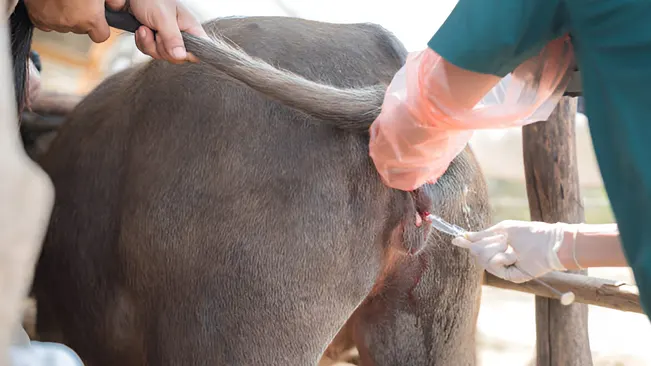
- Selective Breeding: To improve genetic diversity and reduce inbreeding, breeding programs use genetic information to pair individuals. This helps in maintaining a healthy gene pool.
- Reproductive Strategies: Techniques such as artificial insemination, embryo transfer, or hormonal treatments may be used to enhance breeding success, especially for species with reproductive challenges in captivity.
- Genetic Management: Programs track the lineage of individuals to ensure that breeding choices support genetic health and diversity.
Veterinary Care
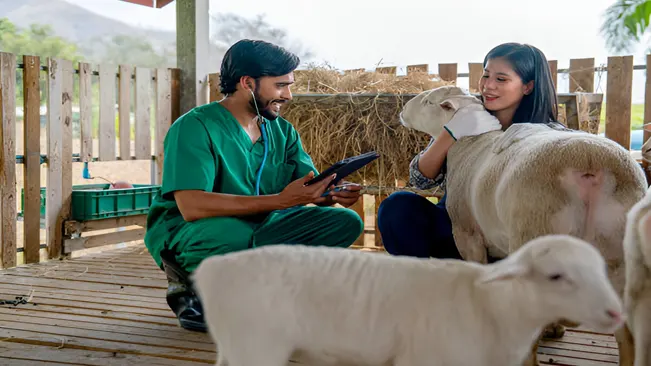
- Health Monitoring: Regular health checks are essential to detect and address any issues early. This includes routine physical exams, blood tests, and other diagnostic procedures.
- Vaccinations and Preventive Care: Preventive measures are taken to protect animals from diseases, including vaccinations, parasite control, and preventive treatments.
- Medical Interventions: Treatment for illnesses or injuries is provided as needed, with veterinary care tailored to the specific needs of the species.
Monitoring and Research

- Data Collection: Detailed records are kept on breeding outcomes, growth rates, health status, and behavioral observations. This data helps in evaluating the success of the breeding program.
- Behavioral Studies: Research on how animals interact with their environment and with each other in captivity informs adjustments to habitat design and management practices.
- Evaluation and Adjustment: Ongoing assessment of the breeding program’s effectiveness leads to modifications in strategies to improve outcomes and address any emerging issues.
Challenges of Captive Breeding
Genetic Diversity
- Inbreeding Depression: Inbreeding, which occurs when closely related individuals reproduce, can lead to a reduction in genetic diversity. This can result in increased susceptibility to diseases, reduced fertility, and other health issues.
- Genetic Drift: In small populations, genetic drift can cause random changes in allele frequencies, potentially leading to the loss of beneficial traits.
- Limited Founder Stock: The initial population of a breeding program (founder stock) may be too small to capture the full genetic diversity of the species, leading to a genetic bottleneck.
Reintroduction Difficulties
- Behavioral Issues: Captive animals might lack essential survival skills such as foraging, predator avoidance, and social interactions, which are typically learned in the wild.
- Habitat Adaptation: Animals may struggle to adapt to natural habitats if their environment in captivity was significantly different from the wild.
- Health Concerns: Captive-bred animals might have different health issues or require specific veterinary care that can complicate their reintroduction.
Resource Allocation
- Financial Costs: Establishing and maintaining a captive breeding facility requires substantial financial investment for housing, feeding, veterinary care, and staffing.
- Human Resources: Skilled personnel are needed to manage the breeding programs, including veterinarians, animal care specialists, and researchers.
- Space Requirements: Adequate space is required for housing animals and their offspring, which can be challenging, especially for large or numerous species.
Public Perception
- Misconceptions: There may be misconceptions that captive breeding is a form of animal exploitation rather than a conservation tool. Some people may question its effectiveness or the ethics of keeping animals in captivity.
- Efficacy Skepticism: Skepticism about the success rates and long-term outcomes of captive breeding programs can lead to decreased public support and funding.
- Education Needs: Educating the public about the goals and benefits of captive breeding, as well as its role in broader conservation strategies, is essential for gaining support and understanding.
Implications for Wildlife Conservation
Species Recovery
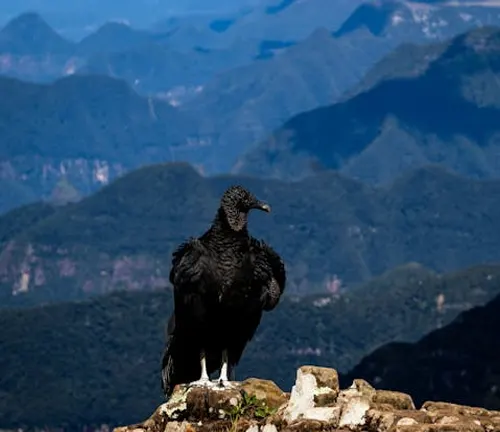
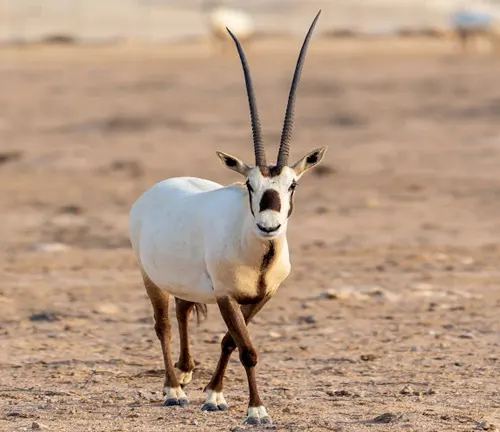
- California Condor: With fewer than 30 individuals in the wild in the 1980s, the California condor was brought into captivity. Today, thanks to intensive breeding and reintroduction efforts, the population exceeds 500 individuals, with over half in the wild.
- Arabian Oryx: This species was once extinct in the wild but has been reintroduced into its natural habitat through successful captive breeding programs. Population numbers have increased significantly, although ongoing monitoring and management are needed.
- Genetic Diversity: Effective captive breeding programs focus on maintaining or increasing genetic diversity to avoid inbreeding and ensure long-term population viability. This is achieved through careful management of breeding pairs and sometimes through the use of advanced genetic techniques.
Educational Opportunities
Public Awareness
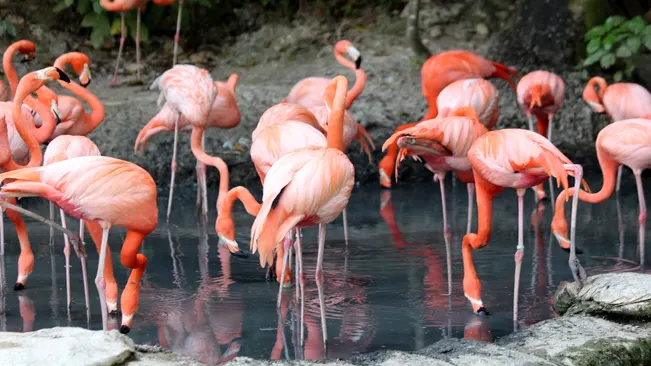
- Zoos and aquariums that participate in captive breeding programs play a crucial role in educating the public about endangered species and their conservation needs. This can foster greater appreciation and support for conservation efforts.
Interactive Learning
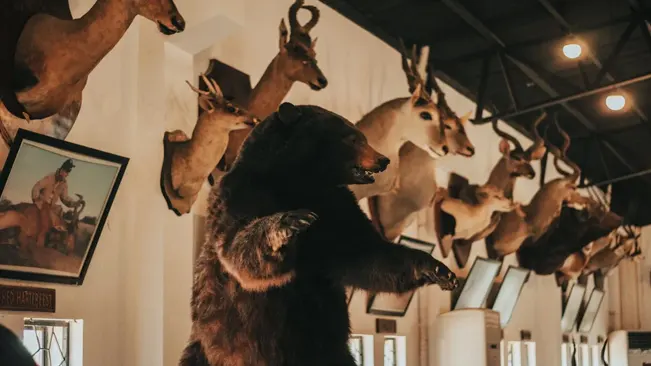
- Exhibits and educational programs related to captive breeding can help visitors understand the challenges faced by endangered species and the importance of conservation. This can inspire action and advocacy.
Research and Outreach
- Many institutions engage in outreach activities, sharing their knowledge with schools, community groups, and other organizations. This can help spread awareness and build a broader base of support for conservation.
Collaborative Networks
- Global Partnerships: Captive breeding programs often involve collaboration between various organizations, including zoos, aquariums, and conservation groups. These partnerships help pool resources, share knowledge, and coordinate efforts across regions and countries.
- Best Practices and Genetic Material: Through collaborative networks, organizations can exchange best practices for breeding and care. Additionally, genetic material such as sperm, eggs, and embryos can be shared to maintain genetic diversity and improve breeding success.
- Integrated Conservation Efforts: Collaboration extends beyond captive breeding to include habitat restoration, anti-poaching measures, and other conservation activities. This holistic approach increases the likelihood of successful reintroduction and long-term species survival.
Conclusion
Captive breeding is a multifaceted approach to conservation that plays a crucial role in the protection of endangered species. While it poses certain challenges, its successful application can prevent extinction, enhance population growth, and contribute to the overall goals of wildlife conservation. As we continue to learn and adapt our strategies, captive breeding remains an essential tool in the fight to preserve our planet’s biodiversity for future generations.
FAQs
1. What is captive breeding?
Captive breeding is the process of breeding animals in controlled environments, such as zoos, wildlife reserves, or breeding centers, to increase the population of endangered or threatened species. The aim is often to reintroduce these animals into their natural habitats to help recover their populations.
2. Why is captive breeding necessary?
Captive breeding is used when wild populations are critically endangered due to factors such as habitat loss, poaching, disease, or low reproductive rates. It helps to preserve genetic diversity, prevent extinction, and increase the chances of reintroducing species into the wild.
3. How does captive breeding work?
Captive breeding involves selecting animals from a species for breeding in a controlled environment. These animals are monitored and managed to ensure they are healthy and have the best chance of producing offspring. The offspring are then raised until they are old enough to be reintroduced into their natural habitat or to continue breeding in captivity.
4. What are the main goals of captive breeding programs?
The main goals are to increase population numbers, maintain genetic diversity, prevent extinction, and support reintroduction efforts. Captive breeding also aims to enhance public awareness and support for conservation efforts.
5. What challenges are associated with captive breeding?
Challenges include maintaining genetic diversity to avoid inbreeding, ensuring animals are adapted to survive in the wild, providing appropriate living conditions in captivity, and dealing with the complexities of reintroducing animals into their natural habitats.
6. How is genetic diversity managed in captive breeding programs?
Genetic diversity is managed by carefully selecting breeding pairs to avoid inbreeding, using genetic testing to track lineage, and sometimes introducing individuals from other captive populations. Some programs also use advanced techniques like genetic monitoring and cryopreservation of genetic material.
7. Are all captive breeding programs successful?
Not all programs are successful, as outcomes depend on various factors including species’ biology, the quality of captive care, and the effectiveness of reintroduction efforts. Success is often measured by the survival and reproduction of reintroduced animals and the overall increase in population numbers.
8. How do captive breeding programs contribute to research?
These programs provide valuable insights into species’ biology, behavior, and health, which can improve breeding techniques and inform conservation strategies. Research conducted in captivity can also help address issues faced by wild populations.
9. What is the role of zoos and aquariums in captive breeding?
Zoos and aquariums often play a significant role in captive breeding by providing facilities, expertise, and funding. They also engage in educational outreach to raise awareness about endangered species and their conservation.
10. Can captive breeding alone save a species from extinction?
While captive breeding is a crucial tool, it is usually not sufficient on its own. Effective conservation typically requires a combination of captive breeding, habitat protection, anti-poaching measures, and habitat restoration to address the root causes of species decline and ensure long-term survival.
Captive breeding is a vital tool in conservation, playing a key role in saving endangered species from extinction. By increasing population numbers and maintaining genetic diversity, it helps ensure the survival of species that face severe threats. Successful programs not only contribute to species recovery but also enhance public awareness and support for wildlife conservation. However, for long-term success, captive breeding must be part of a comprehensive strategy that includes habitat protection and other conservation efforts.

Evan Bennett
Forestry AuthorEvan Bennett brings over a decade of expertise in forestry wildlife management to the forefront, specializing in habitat conservation, biodiversity, and human-wildlife interaction. Evan's work ensures harmonious coexistence between wildlife and human communities through effective and sustainable practices. Continuously engaging in research and workshops, Evan stays at the cutting edge of wildlife management advancements. As a trusted advisor and contributor to leading environmental journals, Evan is dedicated to preserving the natural world for future generations.







Leave your comment